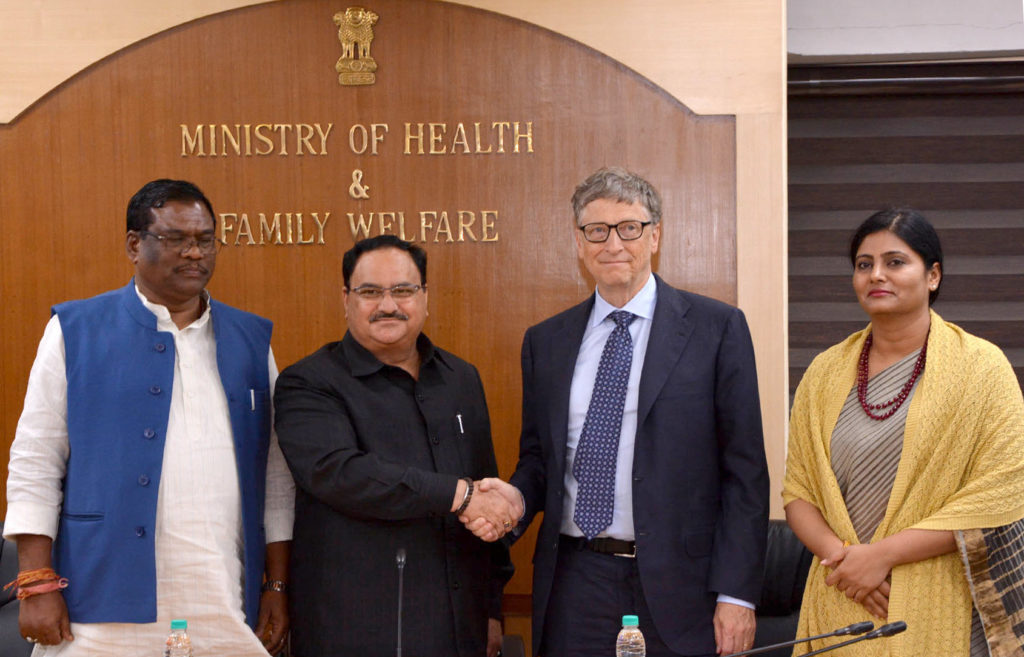The Asian Development Bank (ADB) is assisting the Government of Lao People’s Democratic Republic in improving health and nutrition services in its impoverished northern communities of the Southeast Asian nation.
ADB believes that Laos’ health indicators is lagging behind most countries in the region. Challenges faced by the country include widespread poverty, isolated populations and public sector capacity and financing constraints. ADB is providing a US$ 13 million grant to cover most of the estimated US$ 15 million cost of the Health System Development Project. The balance will be funded by the government. The ADB project is in line with the government’s sixth national socioeconomic development plan, which identified health as one of four priority sectors. The project will improve primary health care delivery in eight northern provinces, particularly for the poor, women and children, and ethnic groups. The northern part of the country is characterized by higher than national levels of poverty, poor communications, ethnic minorities, and other communities living in relatively isolated and remote settlements. The project will also strengthen the capacity of the Ministry of Health for the nationwide development of the health system, including planning and budgeting, financing, human resources development, and coordination. While health indicators are improving, the country started from a low base, and needs to increase its efforts to achieve the Millennium Development Banks for the health sector. The goals, which were established a year after the 2000 United Nations Millennium Summit, are a set of time-bound and measurable targets for combating problems including poverty, hunger, disease, environmental degradation, and discrimination against women.

Lao People’s Democratic Republic has a population of 5.6 million, 73% of whom live in rural areas. Overall income poverty fell from 46% in 1992 to 32% in 2003, but growth has been primarily urban. Poverty in the uplands is estimated at 43.9% compared with 28.2% in lowland areas.
Communicable diseases, malnutrition and reproductive health problems are the major disease burdens on the rural poor. Malaria, diarrhea and acute respiratory infections are the common causes of child mortality often in association with malnutrition. Besides a growing HIV/AIDS epidemic, the population also faces the threat of an avian influenza epidemic. Non-communicable diseases and road accidents are gaining in importance as well and putting pressure on the limited resources for health services.

Be a part of Elets Collaborative Initiatives. Join Us for Upcoming Events and explore business opportunities. Like us on Facebook , connect with us on LinkedIn and follow us on Twitter , Instagram.








